
Kiwi (Genus Overview)
Apteryx (genus)
Kiwi (genus Apteryx) are nocturnal, terrestrial birds endemic to New Zealand···

Kākāpō
Strigops habroptilus
Kākāpō (Strigops habroptilus) is New Zealand’s flightless, nocturnal par···

Cockatiels
IntroductionCockatiels are one of the most popular pet birds out there, and ···

Phaethon aethereus
Phaethon aethereus,Red-billed Tropicbird
Distributed in tropical and subtropical parts of the Pacific and Indian Ocea···

Chestnut-headed Nunlet
Nonnula amaurocephala,Chestnut-headed Puffy-headed Pier
The scientific name of Chestnut-headed Nunlet is Nonnula amaurocephala, and ···

Psilopogon oorti
Psilopogon duvaucelii,Black-eared barbet
The scientific name of the black-eared woodpecker is Psilopogon duvaucelii, ···

White-naped Woodpecker
Chrysocolaptes festivus
The scientific name of the black-rumped woodpecker is Chrysocolaptes festivu···

Yellow-faced Golden-backed Woodpecker
Chrysocolaptes xanthocephalus
The scientific name of the yellow-faced golden-backed woodpecker is Chrysoco···
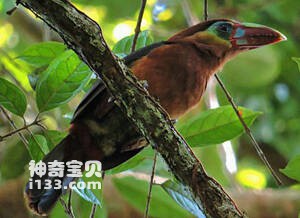
Tawny-tufted Toucanet
Selenidera nattereri
The scientific name of the tea-bearded little toucan is Selenidera nattereri···
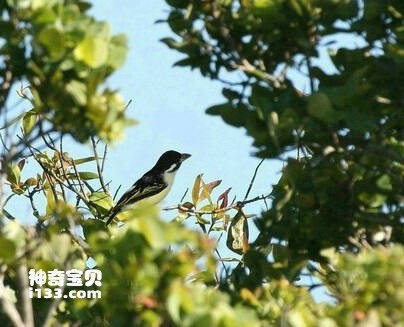
white breasted chimes
Pogoniulus makawai
The scientific name of the white-chested tinkerbird is Pogoniulus makawai, a···
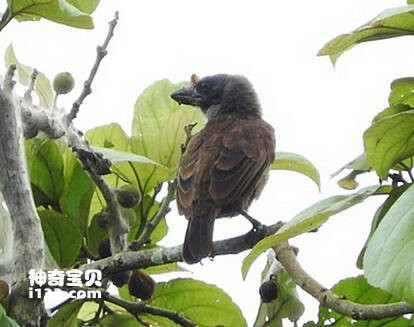
Sri Lankan
Gymnobucco sladeni,Sladen's Barbet
The scientific name of Sladen's Barbet is Gymnobucco sladeni, and its fo···
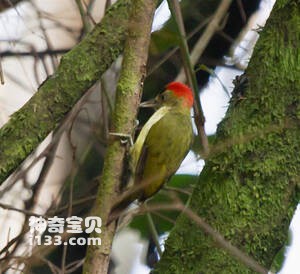
Ehrlich's Woodpecker
Dendropicos elliotii
The scientific name of the Elliot's Woodpecker is Dendropicos elliotii, ···
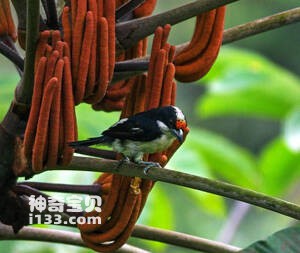
Orange-fronted Barbet
Capito squamatus
The scientific name of the orange-fronted barbet is Capito squamatus, and it···
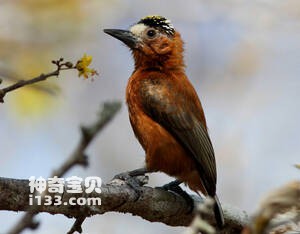
Chestnut Woodpecker
Picumnus cinnamomeus
The chestnut woodpecker's scientific name is Picumnus cinnamomeus, and its f···
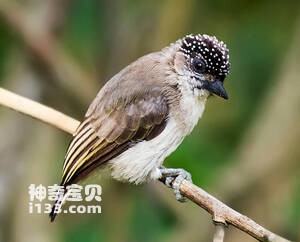
gray woodpecker
Picumnus granadensis,Greyish piculet
灰姬啄木鸟学名Picumnus granadensis,外文名Greyish piculet,具体习性不详。列入···
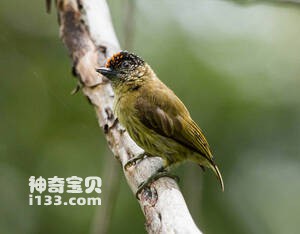
Dark green woodpecker
Picumnus olivaceus,Olivaceous piculet
暗绿姬啄木鸟学名Picumnus olivaceus,外文名Olivaceous piculet,具体习性不详。···
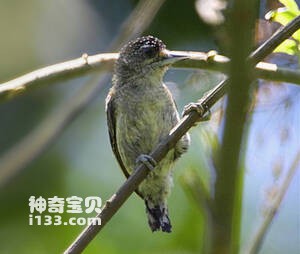
Fine-barred Piculet
Picumnus subtilis,Fine-barred piculet
Fine-barred Piculet Scientific Name Picumnus subtilis,Foreign name:Fine-ba···
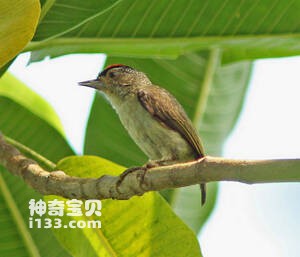
Picumnus castelnau Malherbe
Picumnus castelnau,Plain-breasted piculet
The scientific name of the Plain-breasted Woodpecker is Picumnus castelnau, ···
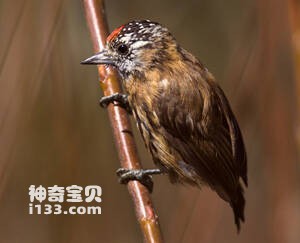
Picumnus nebulosus Sundevall
Picumnus nebulosus,Mottled piculet
The scientific name is Picumnus nebulosus, the foreign name is Mottled picul···

Ochraceous Piculet
Picumnus limae,Ochraceous piculet
Picumnus limae, also known as Ochraceous piculet in foreign languages, has u···
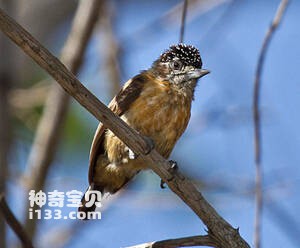
Brown Himeji Woodpecker
Picumnus fulvescens,Tawny piculet
The scientific name of the brown woodpecker is Picumnus fulvescens, and the ···
